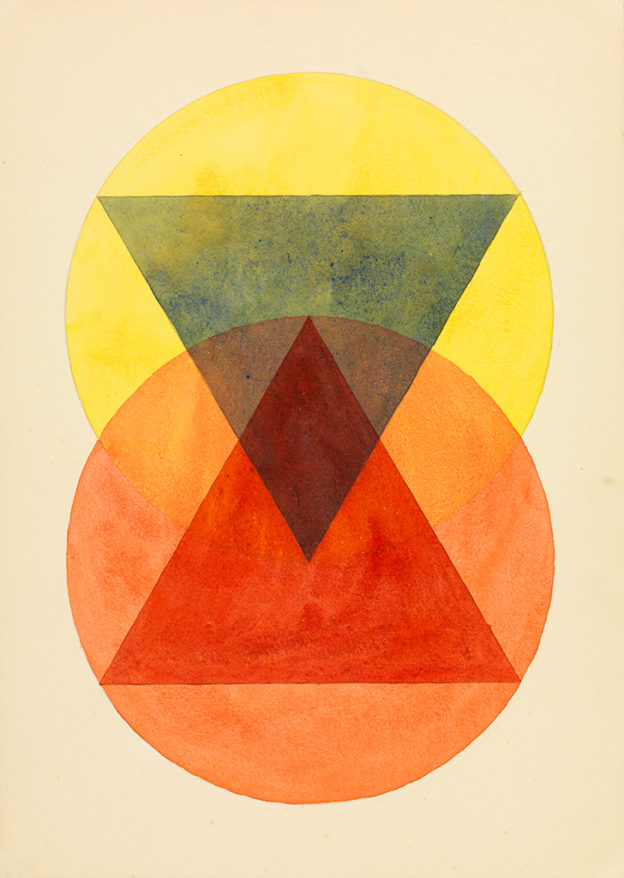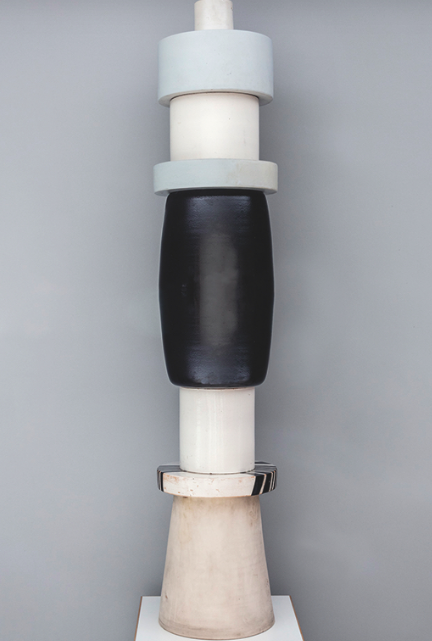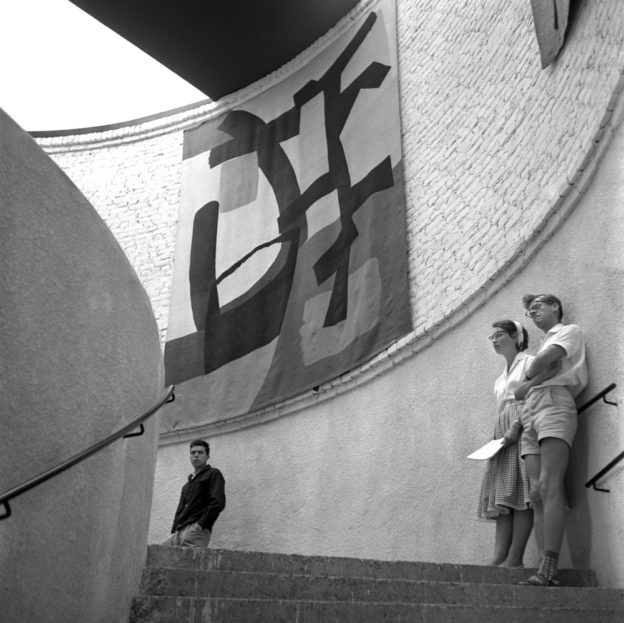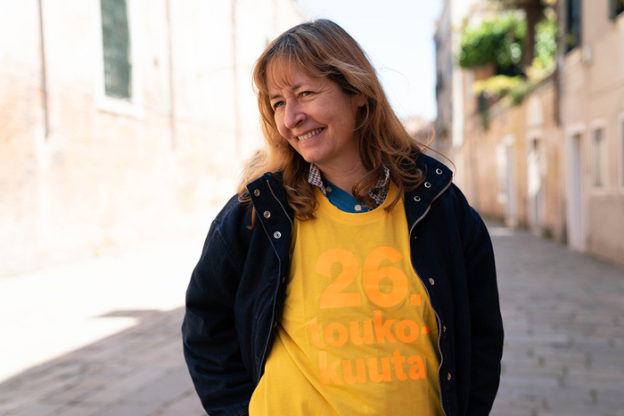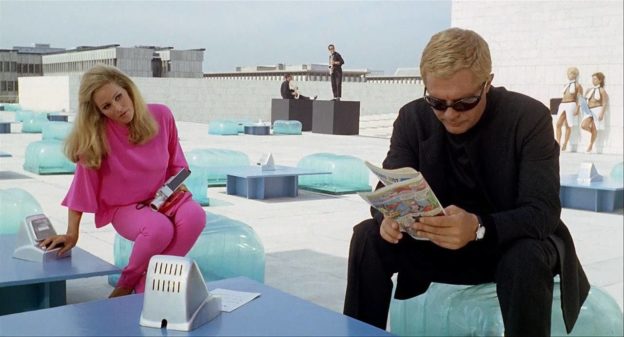

“The aim is an alliance of the arts under the wing of great architecture.” — Walter Gropius, founder of the Bauhaus


BAUHAUS BEGINNINGS, now at the Getty Center, celebrates the centenary of the founding of the school in Weimar.


The exhibition “reexamines the founding principles of this landmark institution,” considering the school’s “early dedication to spiritual expression and its development of a curriculum based on elements deemed fundamental to all forms of artistic practice.”*


Through October 13.
Getty Center
1200 Getty Center Drive, Brentwood, Los Angeles.


From top: Léna Bergner, Durchdringung (Penetration) for Paul Klee‘s course, circa 1925–1932, © the heirs of Léna Bergner; Walter Gropius, undated photograph by Lucia Moholy, © 2019 Artists Rights Society (ARS), New York and VG Bild-Kunst, Bonn; Gerd Balzer, Color wheel for Vassily Kandinsky’s Preliminary Course, 1929, gouache on paper, pasted on black paper; Material exercises in paper (2), photographs by Alfred Ehrhardt, circa 1928–1929, © Alfred Ehrhardt Stiftung; Erich Mzozek, Study for Vassily Kandinsky’s Farbenlehre (Course on color), circa 1929–1930, collage with gouache on paper, © Estate Erich Mrozek; Léna Bergner, Carpet design, circa 1925–1932, © the heirs of Léna Bergner; Joost Schmidt, Form and color study, circa 1929–1930; Benita Koch-Otte, Einfamilienwohnhaus auf der Ausstellung des Staatlichen Bauhauses (Single-family house at the exhibition of the State Bauhaus), 1923, Georg Muche, architect, 1923, from Staatliches Bauhaus in Weimar 1919–1923 (Munich: Bauhausverlag, 1923), p. 165, courtesy and © Bodelschwingh Foundation Bethel; Lyonel Feininger, Villa am Strand (Villa on the shore), 1921, from Bauhaus Drucke: Neue Europaeische Graphik, Erste Mappe [first portfolio], Meister d. Staatlichen Bauhauses in Weimar (Potsdam: Müller, 1921), © 2019 Artists Rights Society (ARS), New York and VG Bild-Kunst, Bonn; Ringl + Pit (Grete Stern and Ellen Auerbach), Bald Head (Johannes Itten), 1930, printed 1985, The Jewish Museum, © Ringl + Pit, courtesy Robert Mann Gallery, New York; Hilde Reindl, Color wheel and tone study for Paul Klee’s Course, circa 1927. Images courtesy of the Getty Research Institute.


